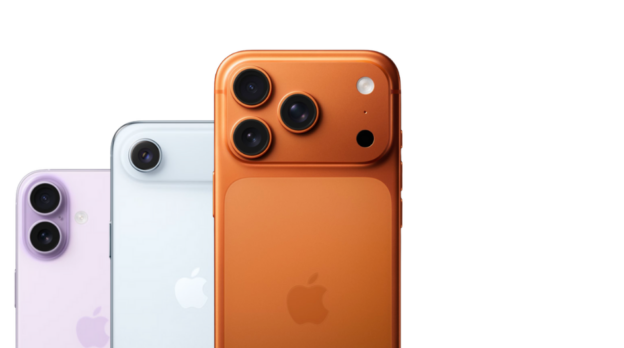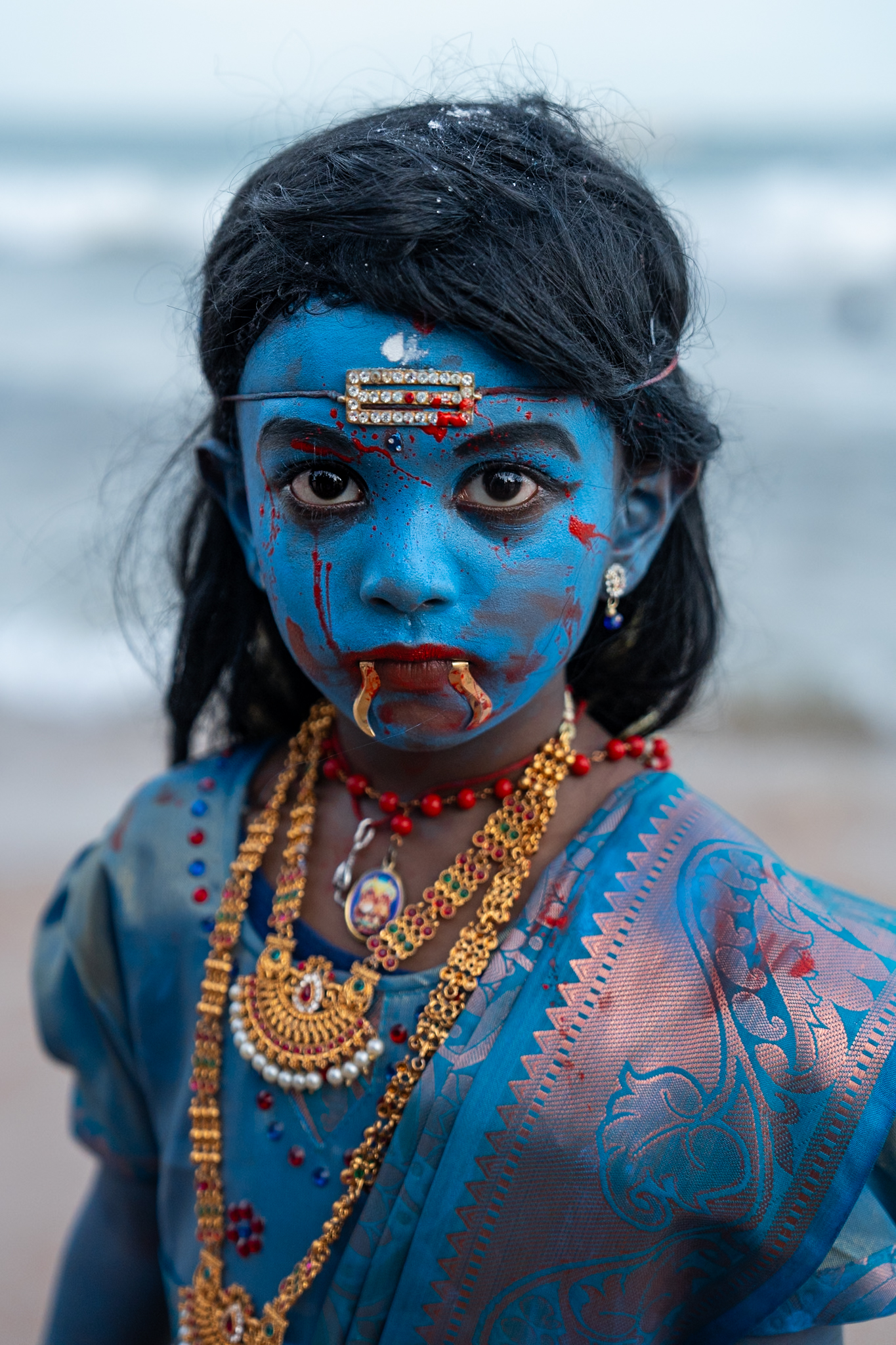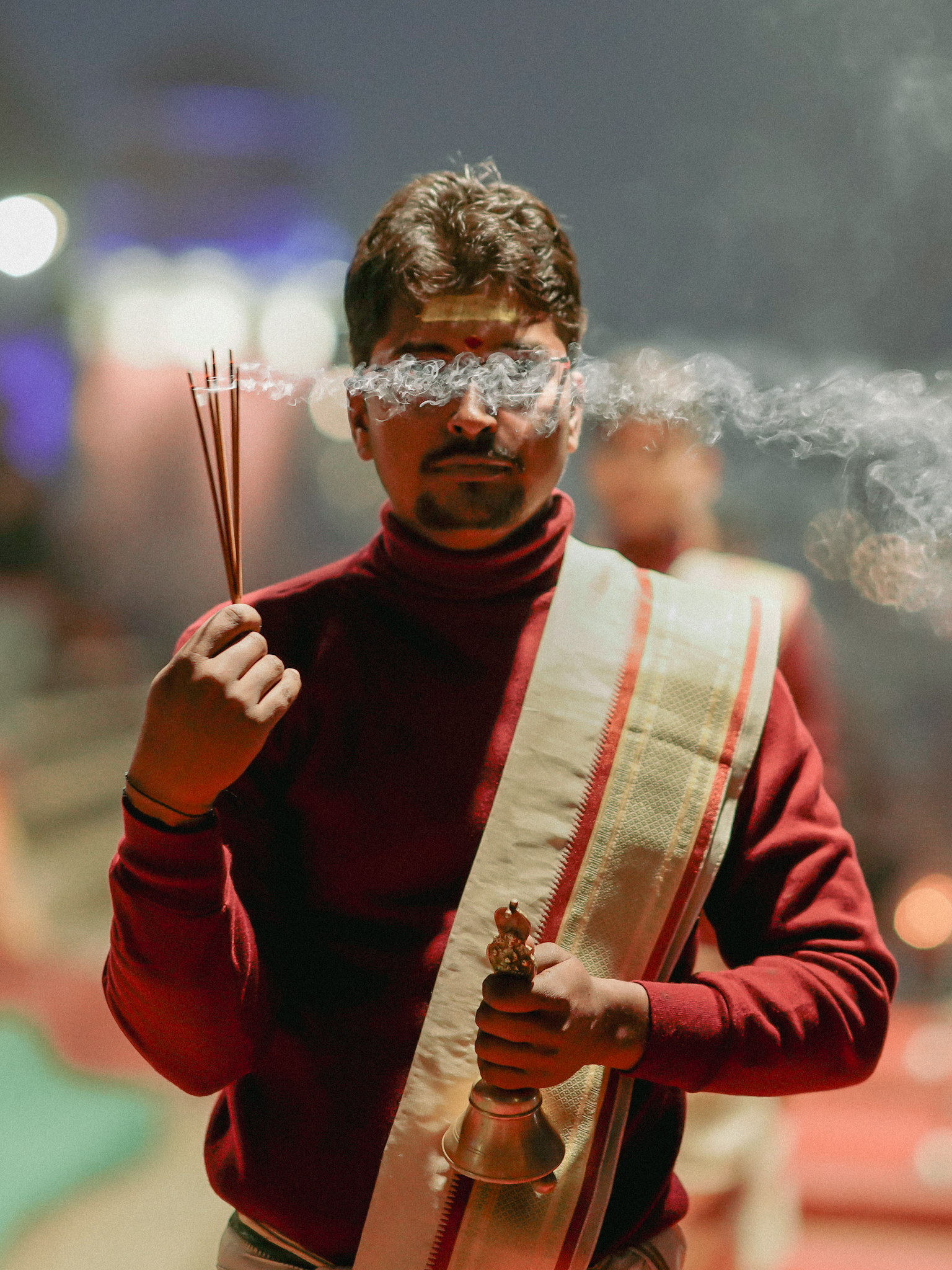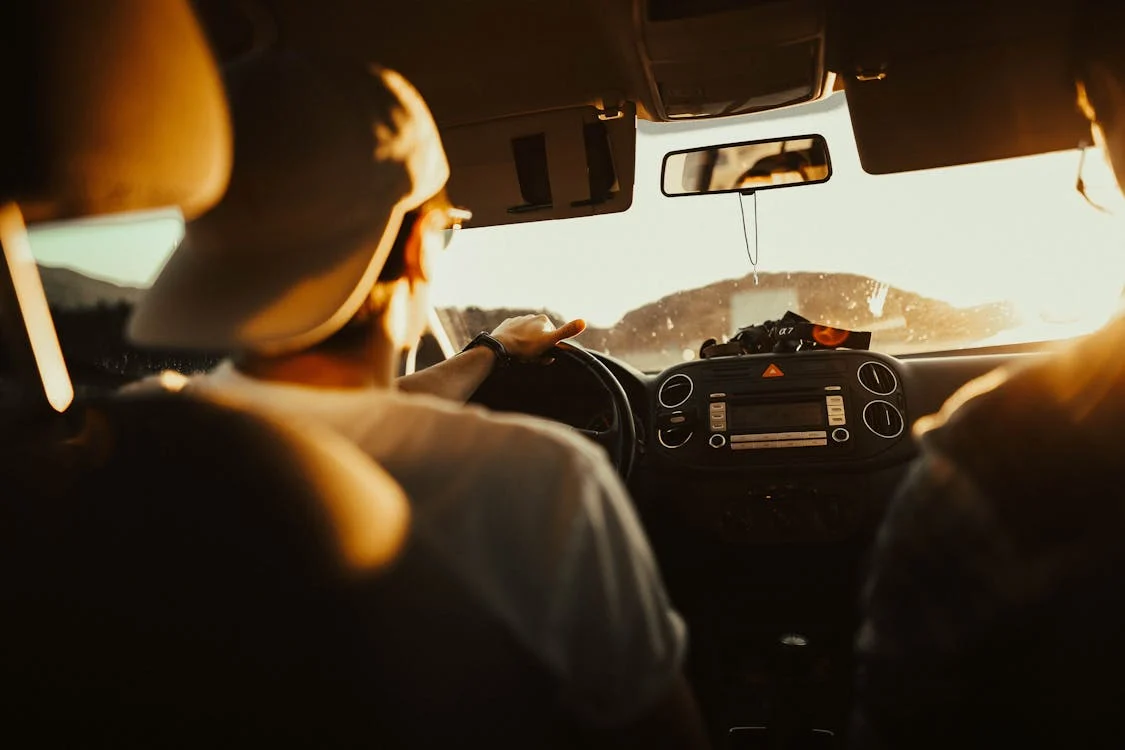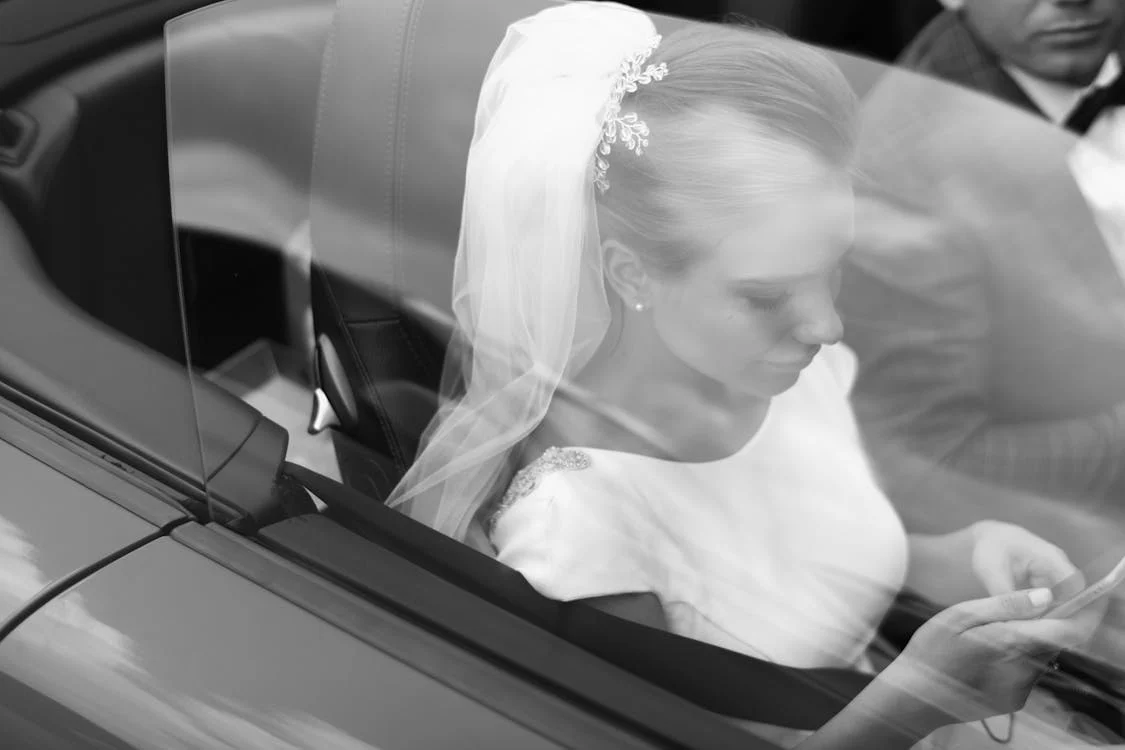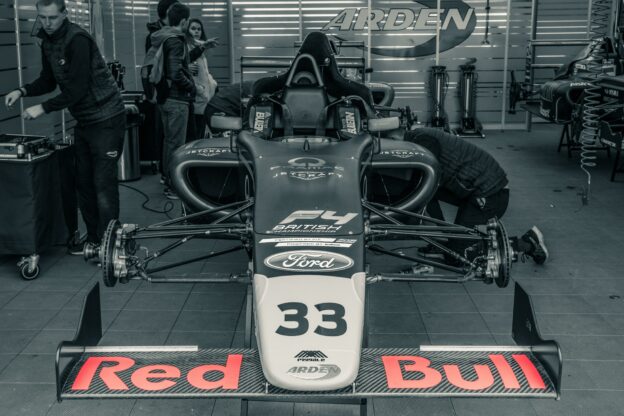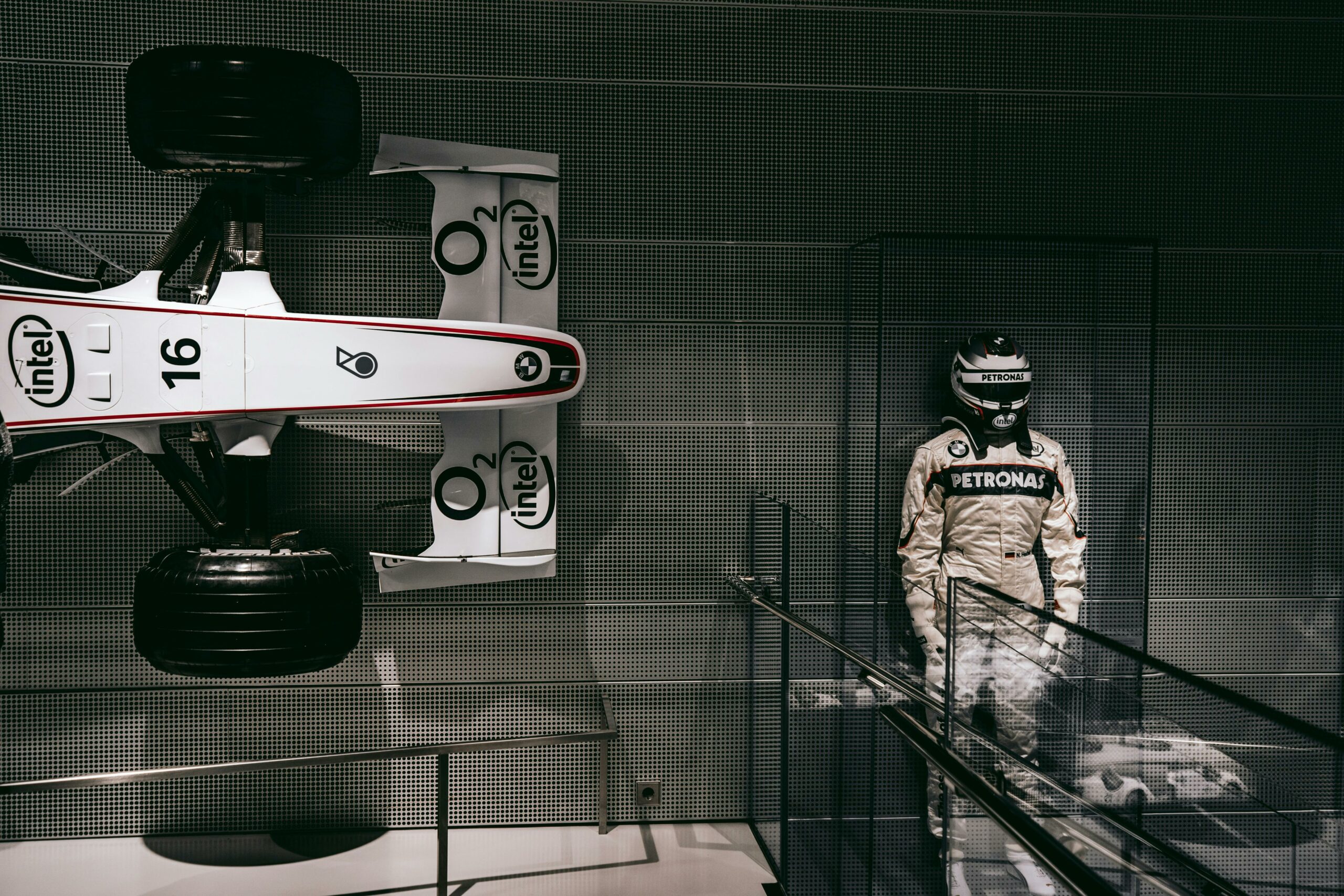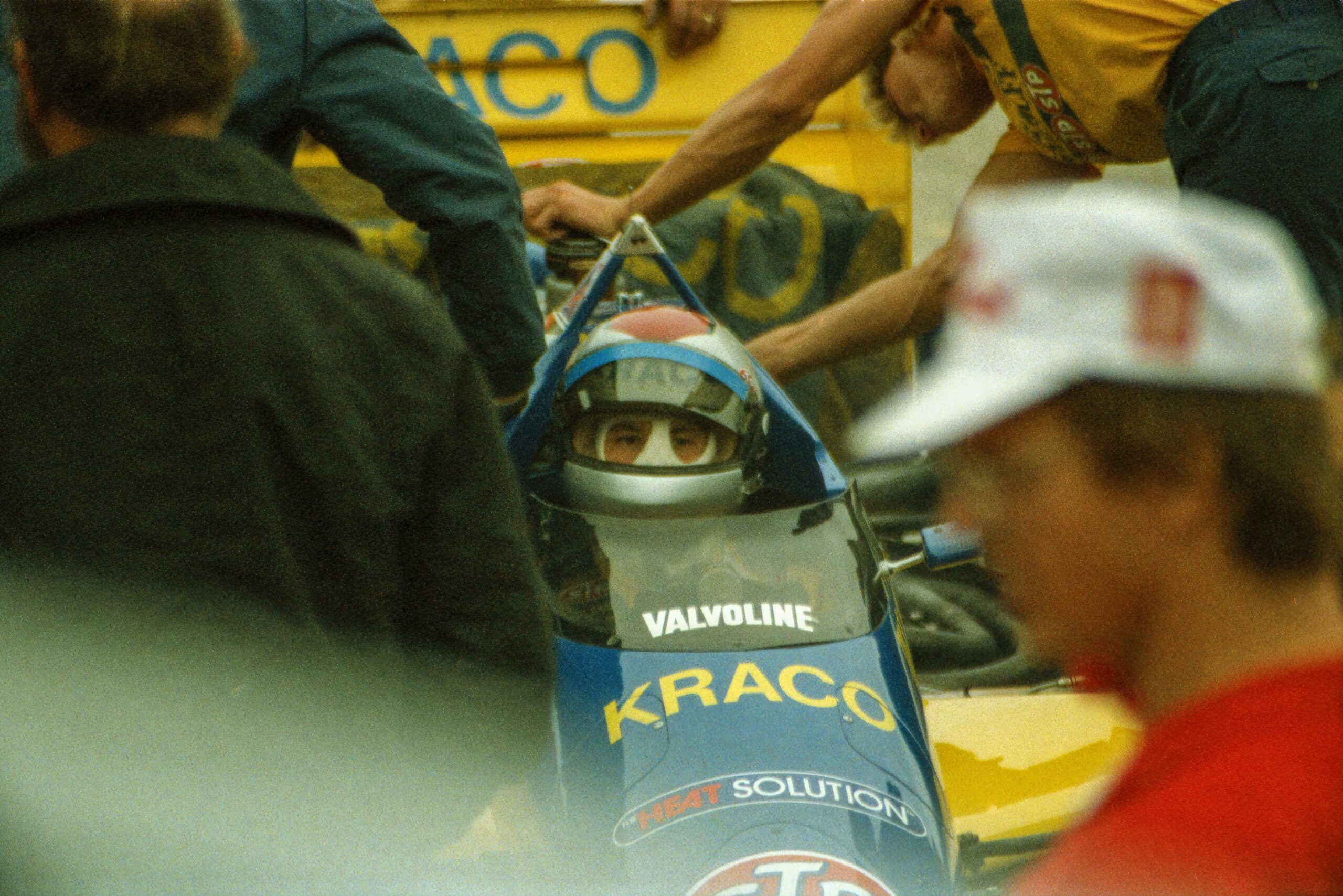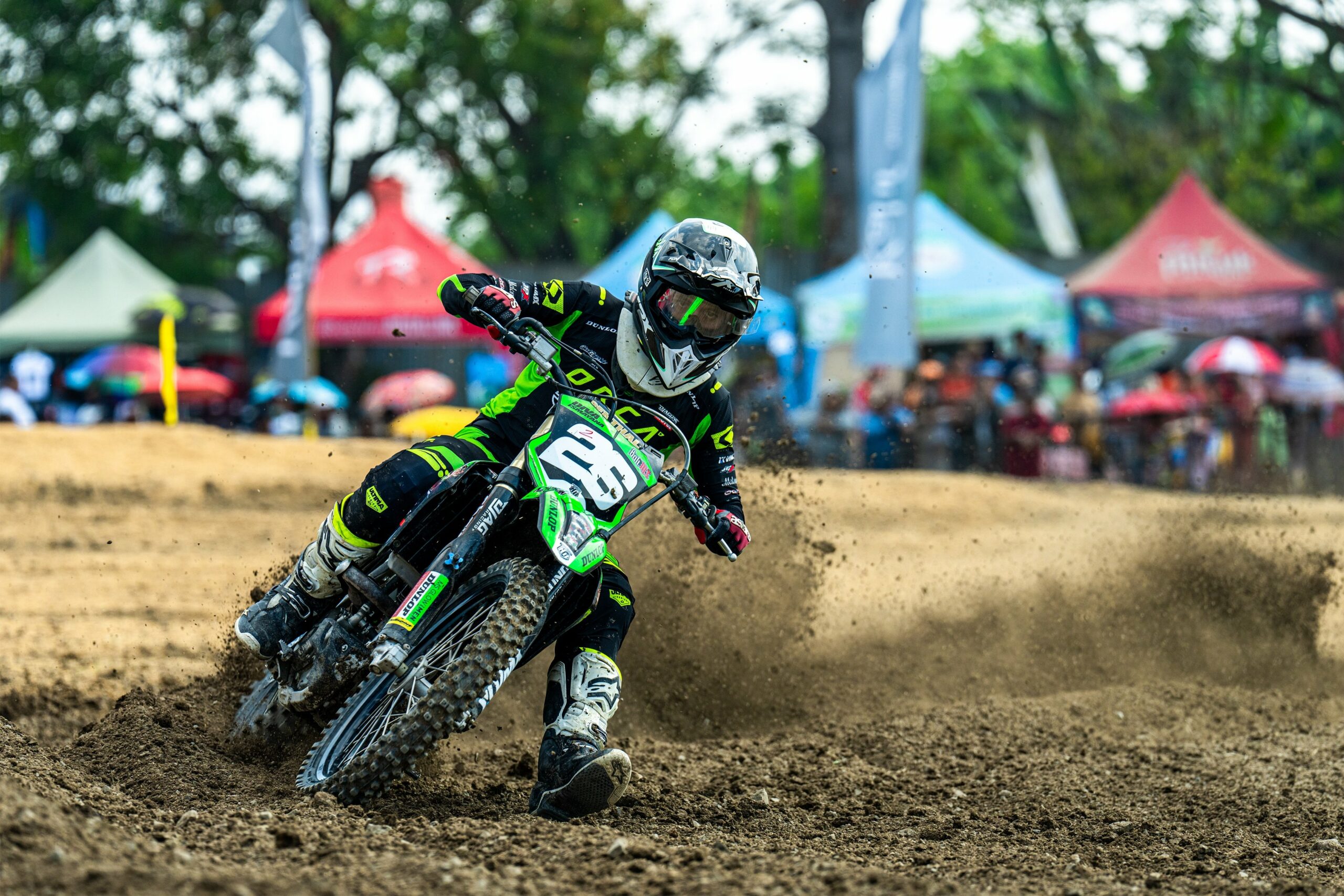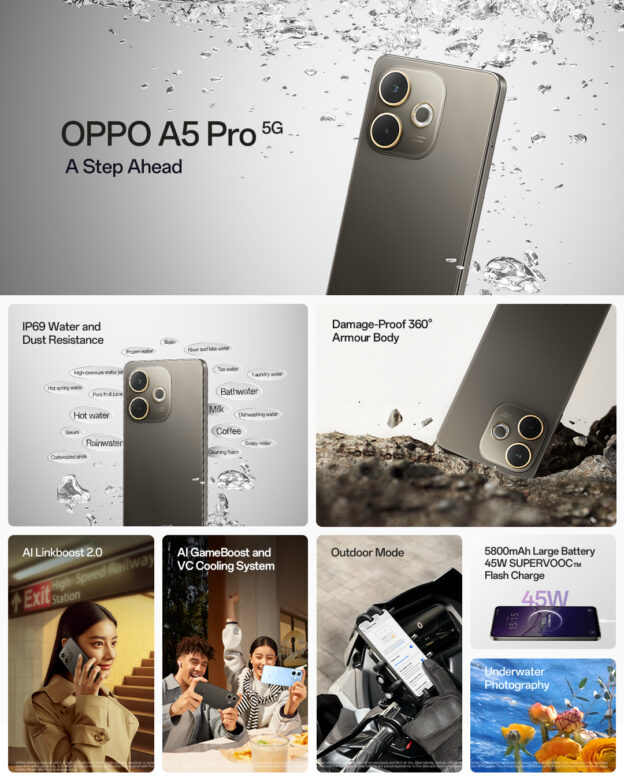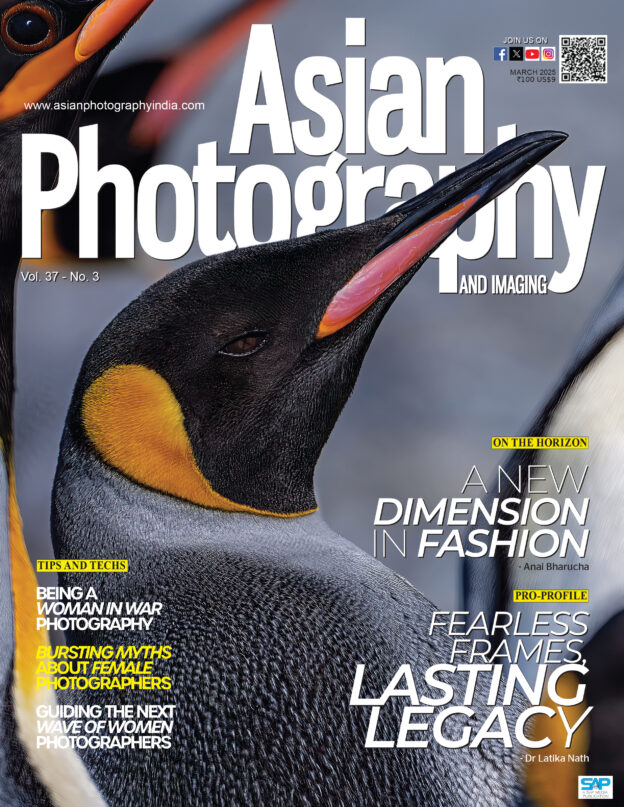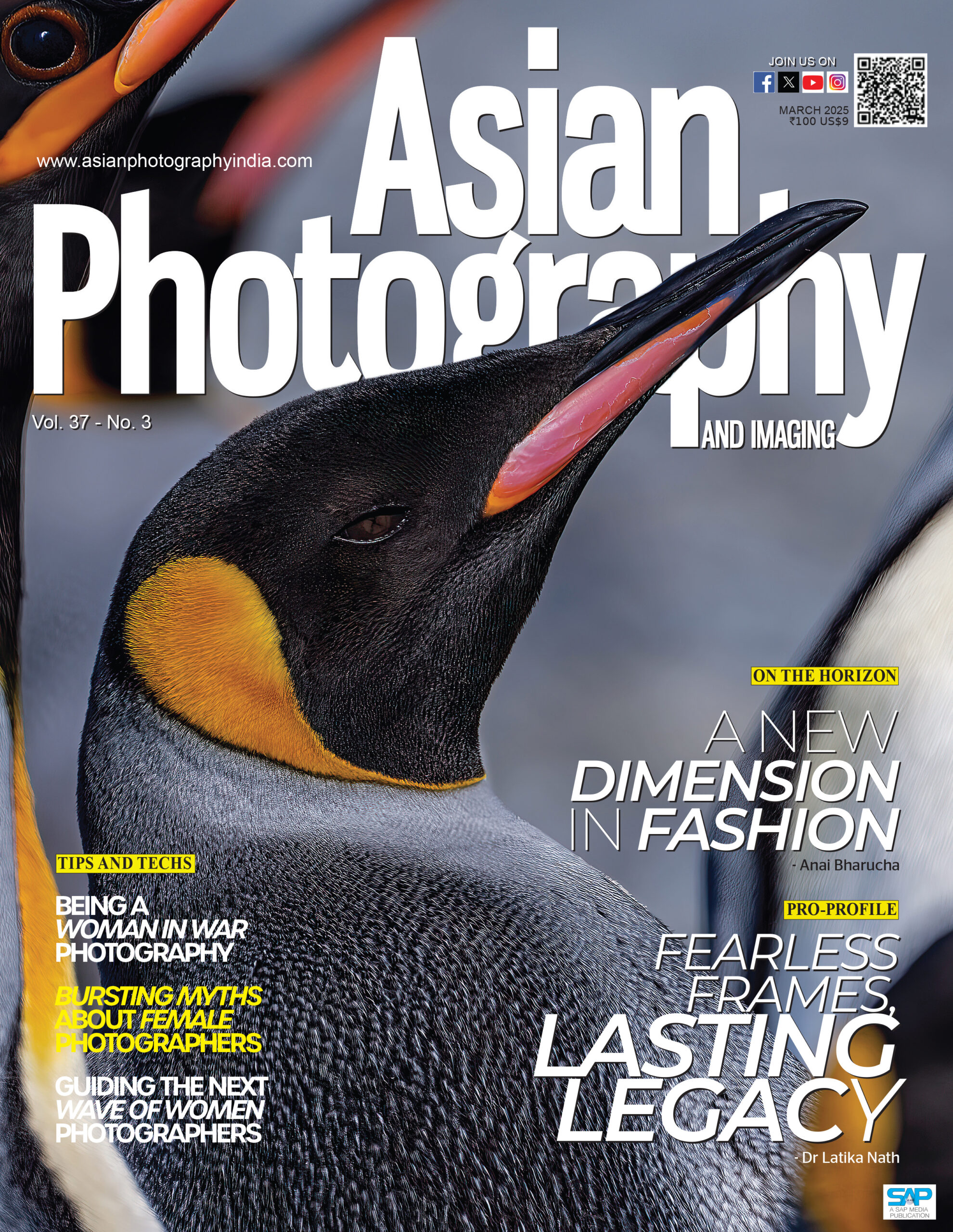- By Bhavya Desai
The iPhone 17 series just dropped and despite the leaks and updates prior to the launch, this was an update that might’ve surprised many. With a new line up Apple has introduced the iPhone 17, iPhone Air and the iPhone 17 Pro models. And these have many patrons really excited – the Pro models and the iPhone Air run on the new A19 Pro chip, while the 17 use the A19 chip.
Apple’s iPhone 17 lineup features high-resolution sensors, AI-powered framing, a revamped thermal design and imaging upgrades across the board. For photographers and visual storytellers, this launch is less about incremental tweaks and more about what the new cameras can achieve.
In this I’ve dived into what do the cameras offer on these devices.
iPhone 17 Cameras: Two 48 MP Cameras
The base iPhone 17 keeps things tight with a two-camera setup and starts at a price point of ₹82,900, which still feels powerful. Although it looks the same as the iPhone 16 in terms of layout, at the back, it now houses two 48MP Fusion Cameras. It offers optical-quality 2x Telephoto; and a new 48MP Fusion Ultra-Wide camera.
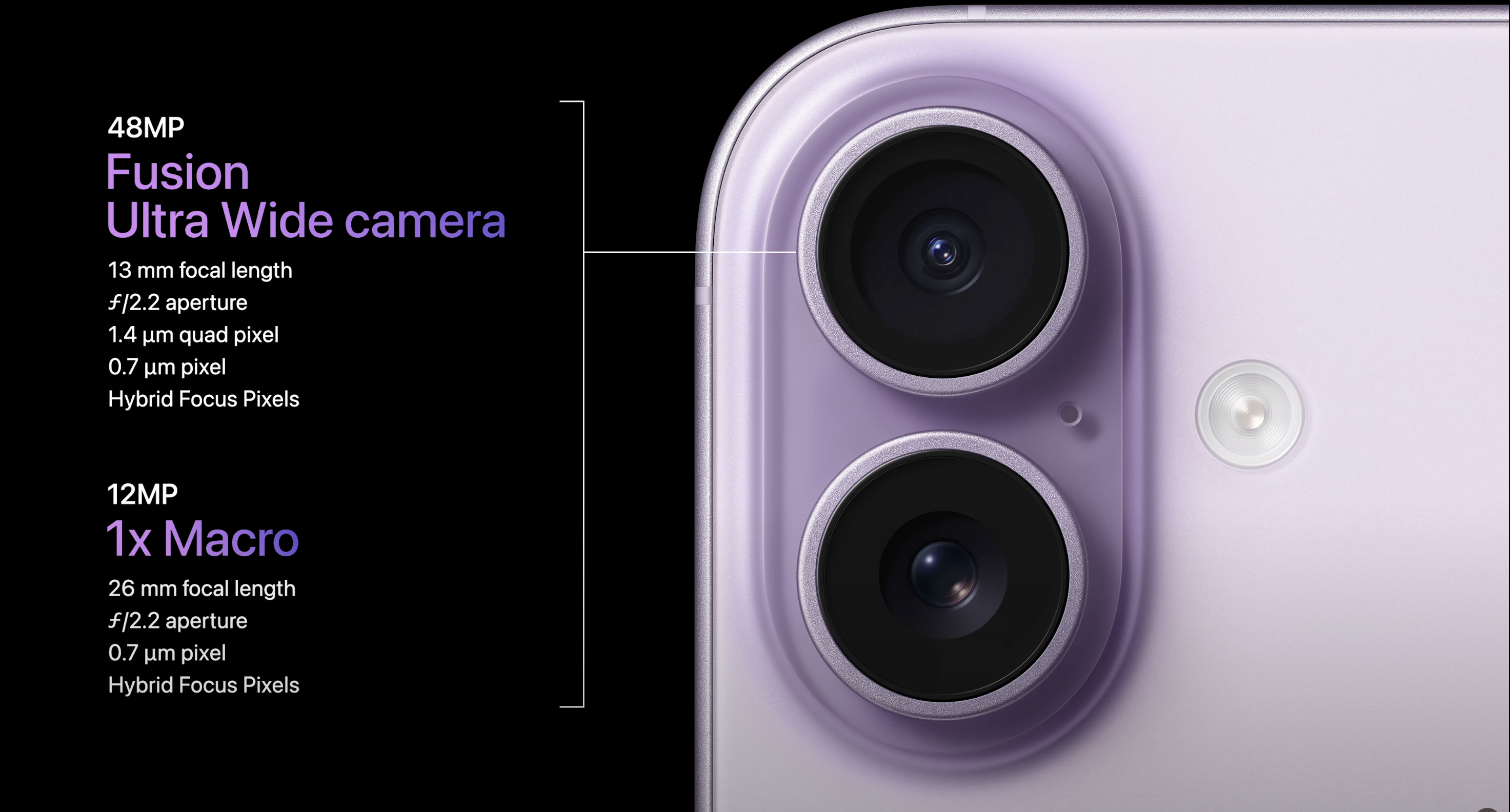
While up front, Apple has introduced a new 18-megapixel camera with a new square sensor with Center Stage, ensuring users remain perfectly framed during calls or vlogs. For the first time, all iPhone 17 models also start at 256 GB of storage — a welcome news for those shooting high-res stills and video — and Apple has kept pricing consistent with last year.
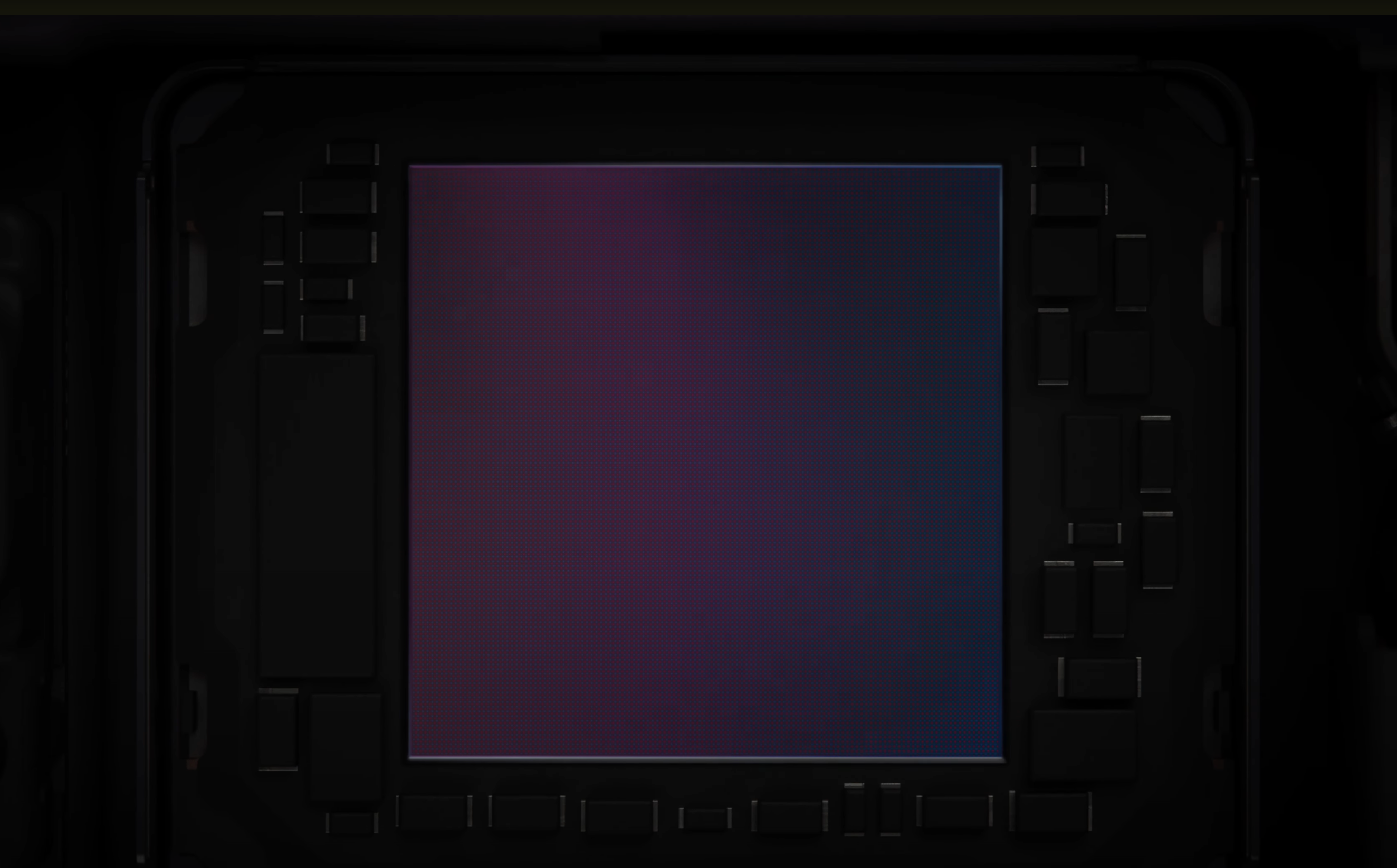
The iPhone 17 now also features dual capture, allowing simultaneous front and rear video recording, a feature tailor-made for vloggers and event documentarians. Although this has been available on android devices for a long time, it’s still a welcome change for many users, maybe.
iPhone 17 Pro cameras: 48 MP cameras
Where the standard model makes smart refinements, the iPhone 17 Pro takes an audacious leap. The Pro models now feature three 48-megapixel Fusion cameras. iPhone 17 Pro camera offers 4× optical quality zoom at 100 mm and an all-new 8× reach at 200 mm, with a digital zoom maxing out at 40×. While this may sound like less reach compared to the iPhone 16’s 120 mm equivalent, Apple has focused on sharper, cleaner results, focusing on quality and not numbers.
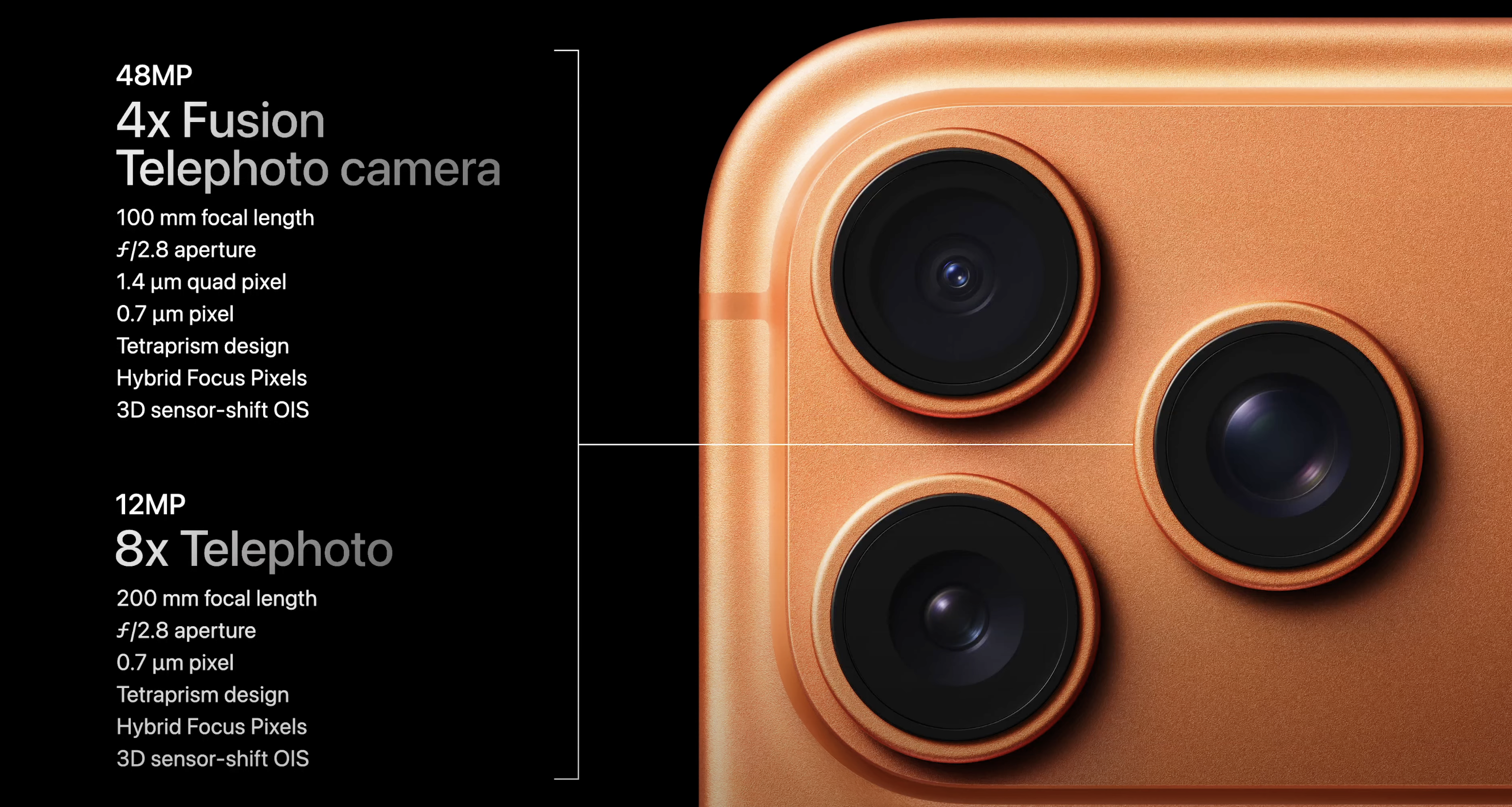
The phone features a 56% larger sensor on the main camera along with an updated Photonic Engine, which is supposed to deliver richer colour accuracy and dramatically better low-light performance says Apple.
It’s not just the cameras that’ve changed – it is also the layout. Apple has also re-engineered the hardware to support these advances and the camera module on the back now has a new look which also houses some important elements. The Pro introduces a laser-welded vapour chamber that dissipates heat faster, so long video shoots or continuous burst photography won’t cause the device to throttle or heat up uncomfortably in hand. That’s critical, especially now that the iPhone 17 Pro is capable of ProRes RAW video capture — a feature that until recently belonged exclusively to cinema-grade equipment. In fact, as tradition Apple underscored its confidence by shooting the entire launch event on the iPhone 17 Pro itself, a bold statement on just how production-ready this device has become.
iPhone Air camera: One 48 MP All-in-One Camera
With the launch of the iPhone Air is Apple flexing Its engineering prowess. Adding to the family, the new iPhone Air stakes its claim with feather-light design at just 5.6 mm thin and built with titanium. It houses a 48 MP Fusion Main Camera with a built-in 2× telephoto lens and optical-quality zoom versatility, alongside the same 18 MP Center Stage front camera and dual-capture video found in its siblings. That means you get four-in-one framing flexibility—28 mm, 35 mm, and 52 mm equivalents.
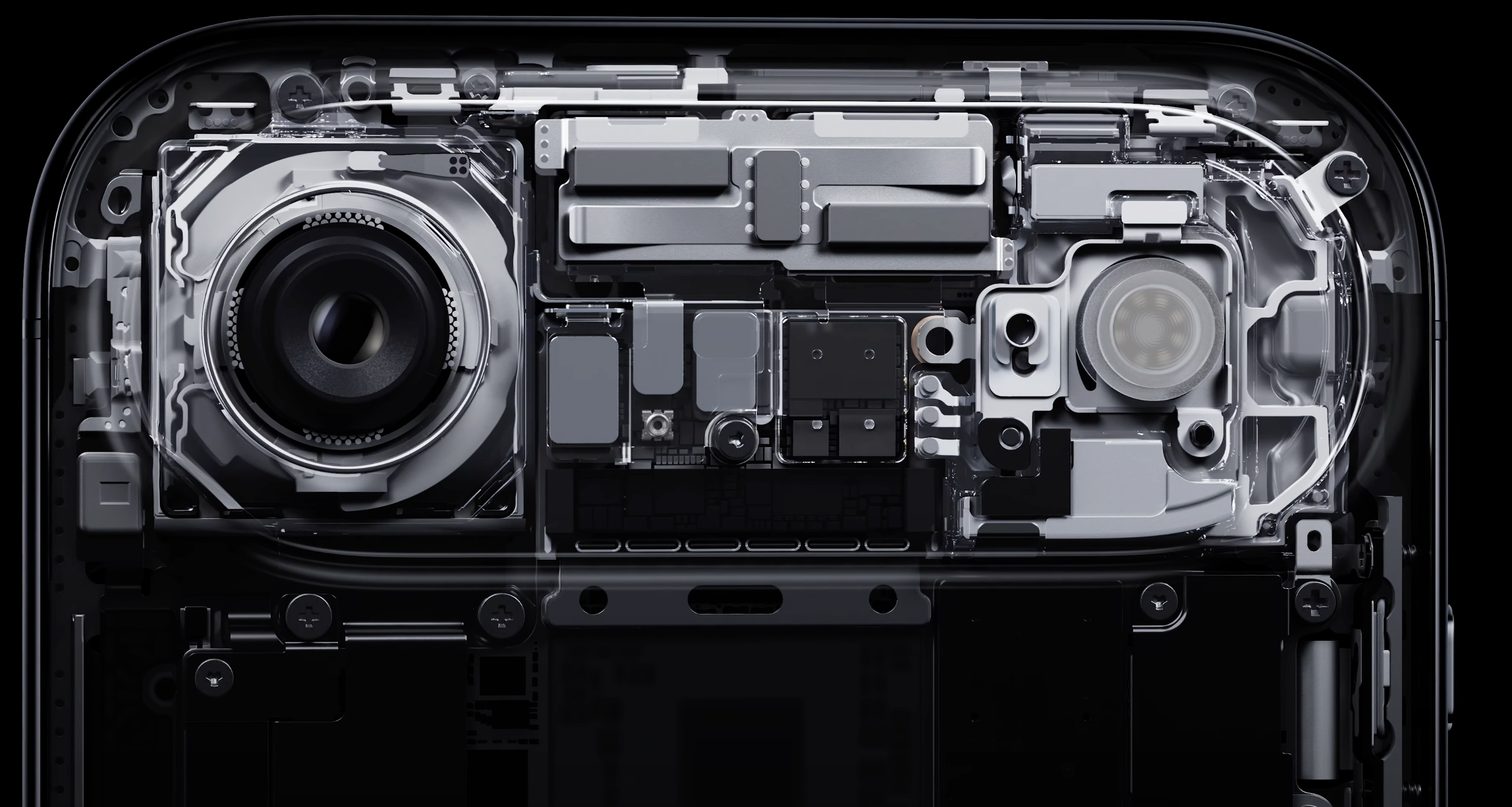
The Selfie Camera: A New Square Sensor
With the new front cameras, it is clear that Apple is looking to target the creators and make their life easier. The 18 MP front camera with Center Stage means your selfies and livestreams are always perfectly composed. And the new square sensor means that everyone fits into the frame without having to rotate the phone – that is surely a great move.
The dual capture feature lets storytellers record themselves and their subject in one take without third-party gear. The Fusion system allows photographers to crop deeply into 48 MP files without sacrificing sharpness. And with ProRes RAW now in your pocket, post-production workflows gain the kind of latitude usually reserved for full-frame rigs. Add in the vapor chamber’s thermal stability, and the iPhone 17 Pro becomes a device that can shoot, process, and export content at a professional level without compromise.
Stay tuned for the full review because in a longtime we are really excited about the new devices.
All models run iOS 26 and features Apple Intelligence. Pre-orders have started with availability from September 19 in over 60 countries. In India, iPhone 17 starts at ₹82,900; while the iPhone Air is at Rs. 1,19,900 and the iPhone 17 Pro starts at Rs. 1,34,900 and Max at Rs. 1,49,900.

